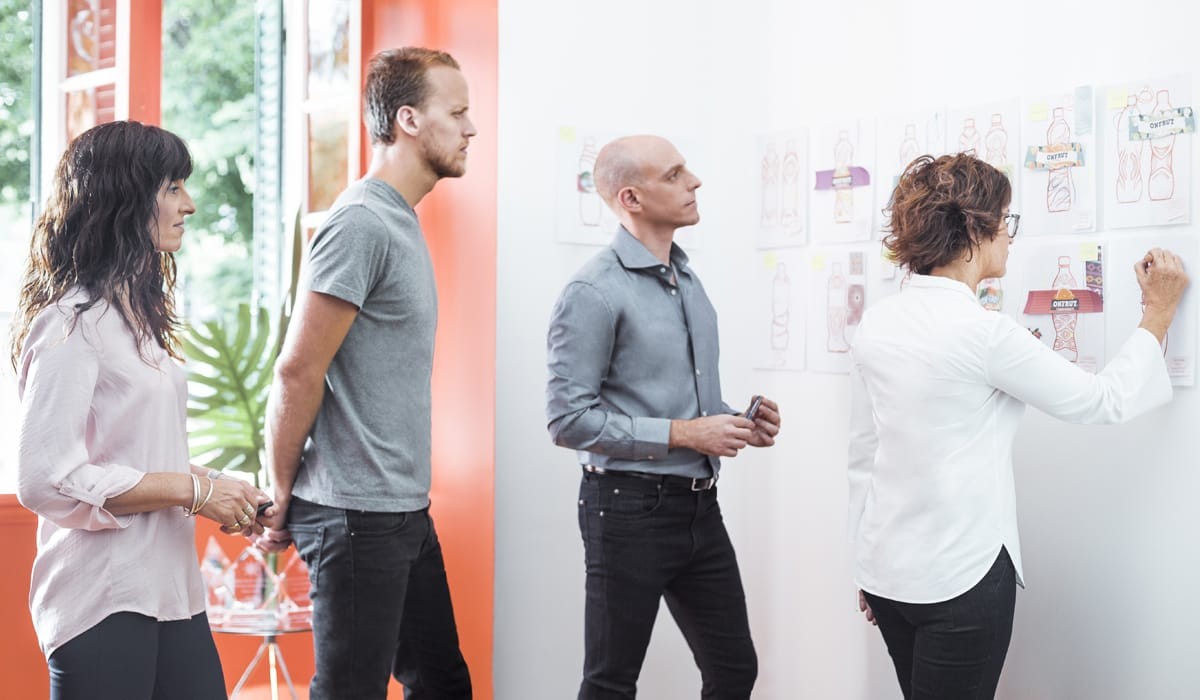
How an eye on generational behavior and design trends can set a brand apart
Recently, M_use Contributor Marit Meelis interviewed Partner and Executive Design Director Hernán Braberman and Project Manager Guillermo Dufranc of award-winning design agency tridimage. She talked with them about the unique way the agency works with what they call a “design playlist for the generations.”
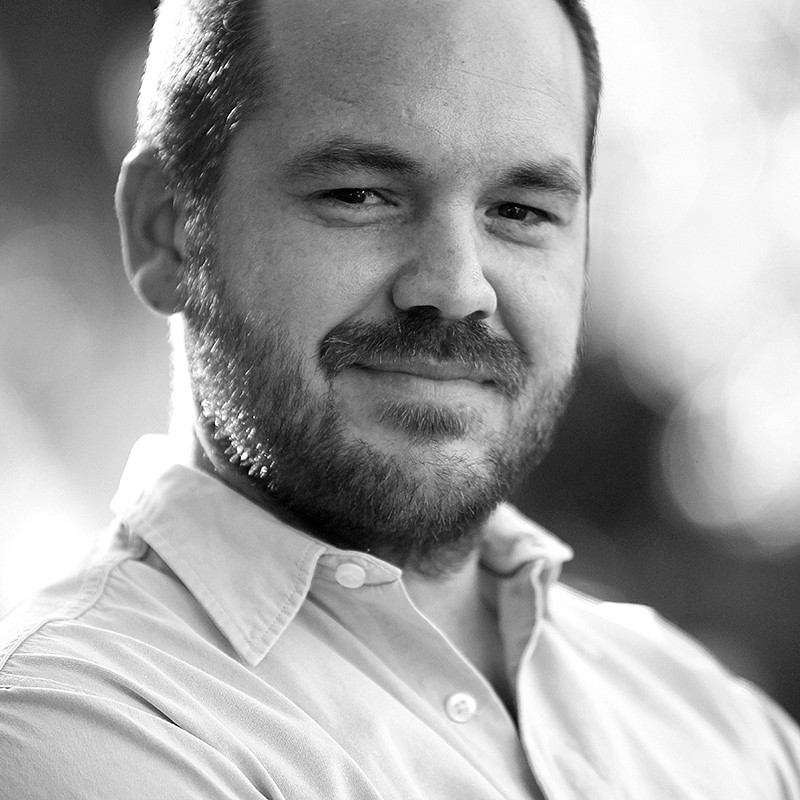

M_use: Can you tell us a little about your “design playlist” philosophy?
tridimage: The task of designers is to connect the heart of brands with the heart of consumers. Music is a very emotional expression of human culture, so at tridimage we use the analogy between a music playlist and a design playlist for the generations to influence our thinking, design, and branding.
We started by dividing wine and spirits consumers into four generations by age—Baby Boomers, Generation X, millennials, and Generation Z. Then we analyzed how brands connect with consumers, and which design and branding strategies work best for each group. Our philosophy and design approach is based on how different generations of consumers are attracted by different design trends and styles. Understanding these differences gives us some clues about their different interests and expectations.
Labels tell a story. Everyone loves a story. But everyone loves a different kind of story. We wanted to know: What kind of stories are best for each generation?
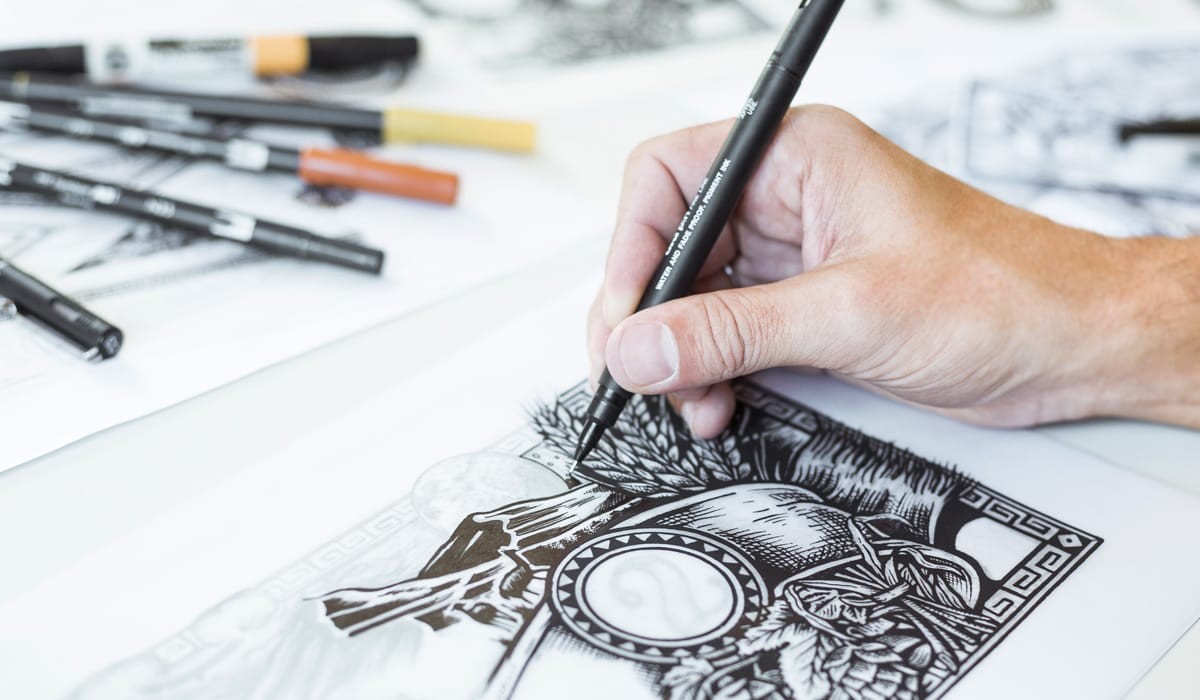
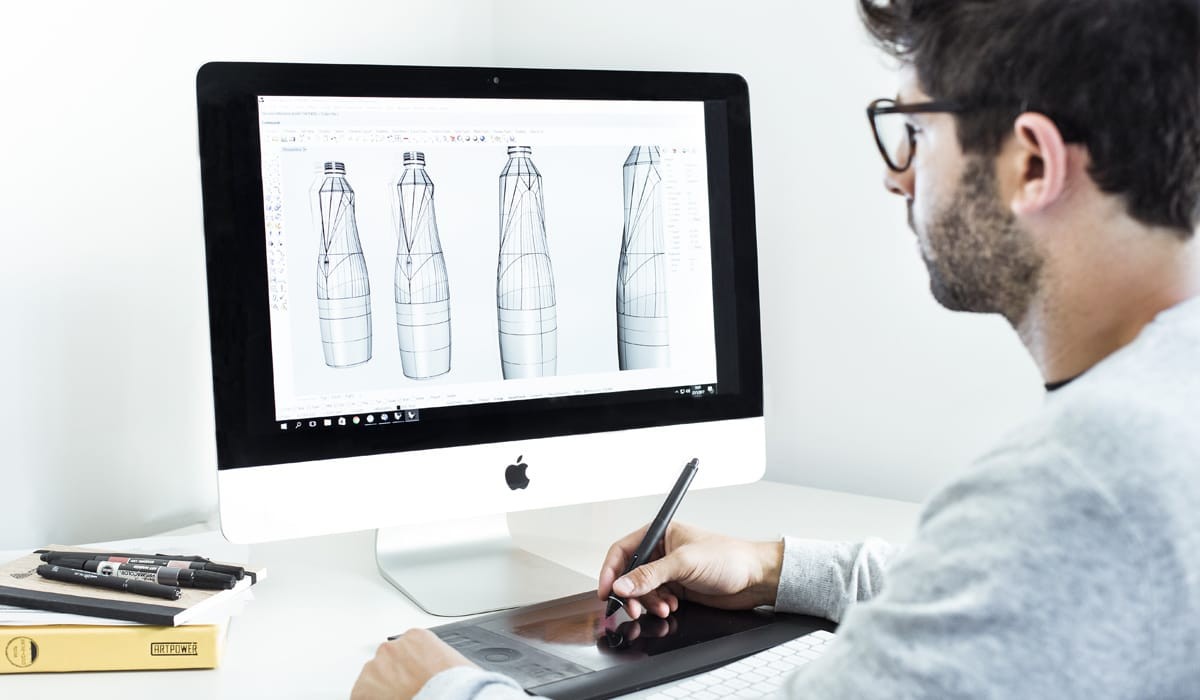
M: What have you learned from using this methodology?
t: Our research to create this methodology shows that we all have unique behavioral patterns, but there are certain features that are prevalent within a generation. This means that brands can benefit from deviating from a single design for all consumer segments.
Some big brands market their products based on price, others on quality. But there are unique differences within each generation that provide an opportunity to break with tradition. In the past, big brands typically had significant market share. Today, a new craft wine brand that launched two weeks ago can easily be more attractive to millennials or Gen X consumers because they are more flexible when it comes to branding, compared to the more traditional approach of maintaining a single brand across products and segments. There’s a clear trajectory towards branding based more on the craft of making versus product features.
In today’s social landscape, the focus is about the experience consumers have with the brand. The buying experience has moved to online storefronts and social media. There’s no longer a clear division between digital and offline life. Before, the buying experience of the savvy consumer was about known quality. Now, the flavor and brand experience are more important to consumers of all ages. For the buyer, it’s about, “I want to enjoy it because it’s good,” not necessarily because it’s made of a specific grape, or it was crafted in a certain place.

Unique packaging design, unique flavors, unique label textures—they are all about creating a unique consumer experience. It’s less important to have consistency in one drink, and more important to have one brand with different flavors, designs, and portion sizes, according to different consumer generations and their unique wants and needs. That difference is wholly new. Today, there’s a new laser focus on the consumer, not on the brand.
Consumers are changing and evolving. Brands need to do the same. Brands should be thinking about what each generation of consumers needs, and providing it before they even know to ask for it. This can be achieved by creating a magnetic brand with a direct message that defines the essence of the brand through tone of voice for each consumer segment. Then think about all the contact points with consumers and convey those values at every turn. Branding and design should connect with consumers’ heart and mind.
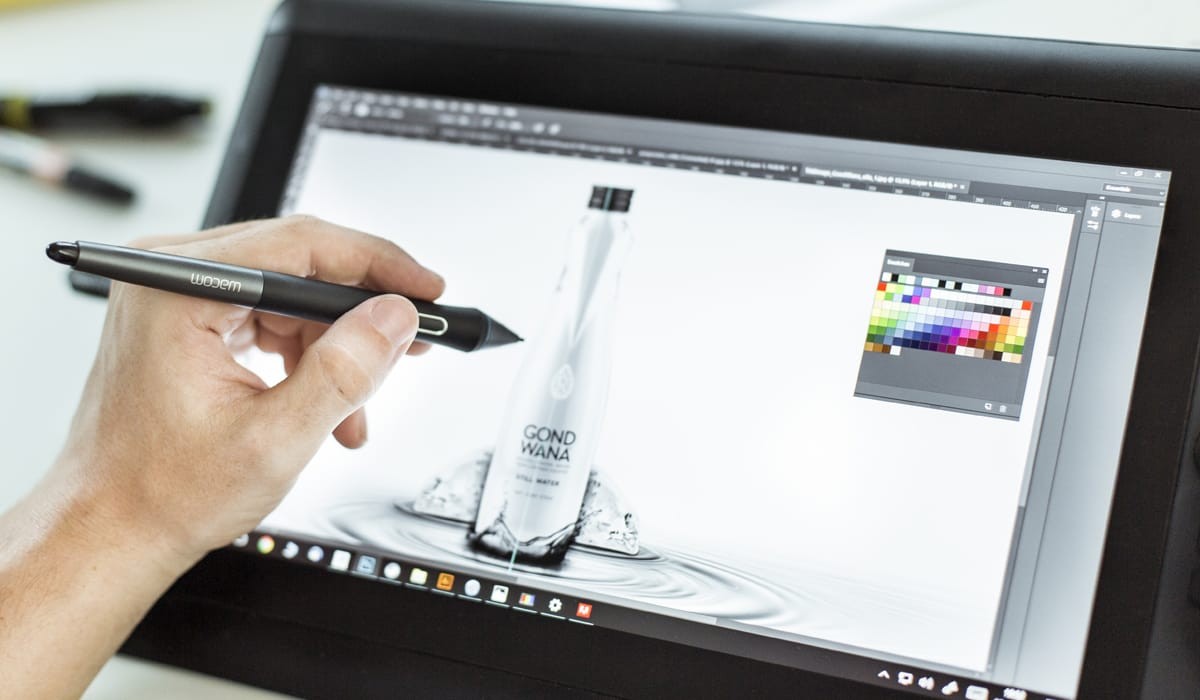
M: How does the team at tridimage keep up with future trends?
t: At tridimage, we work to anticipate change and implement actions quickly. If we don’t embrace change, we lose the opportunity to envision how to future-proof brands. We must always be aware of generational consumer patterns and think about what consumers like and need. To be successful, we must think about ourselves as consumers, not just as designers.
By understanding people and their behavior, and mixing those insights with design, we create a graphic translation. We work to understand the motivations of each generation and analyze packaging design to match those trends. What we have done differently from other agencies is to understand graphical design trends in combination with social and marketing studies.
We are constantly looking at design blogs and reading about how generational differences affect purchase behavior. When we typically read about design trends, it’s mostly superficial—“Now it’s time for black and white, or multicolor gradients.” But we understand that we first need to know what’s happening with consumers and then match design resources to those trends.
As designers, we tend to think as brands instead of as consumers. But we must find new opportunities to improve and be closer to our consumers. At tridimage, we aim to make brands more personal, and close the gap between the brand and consumers themselves. In this time of constant change, brands have two options: look at change as a hurdle or as an opportunity. With a focus always on consumers, the choice is easy.
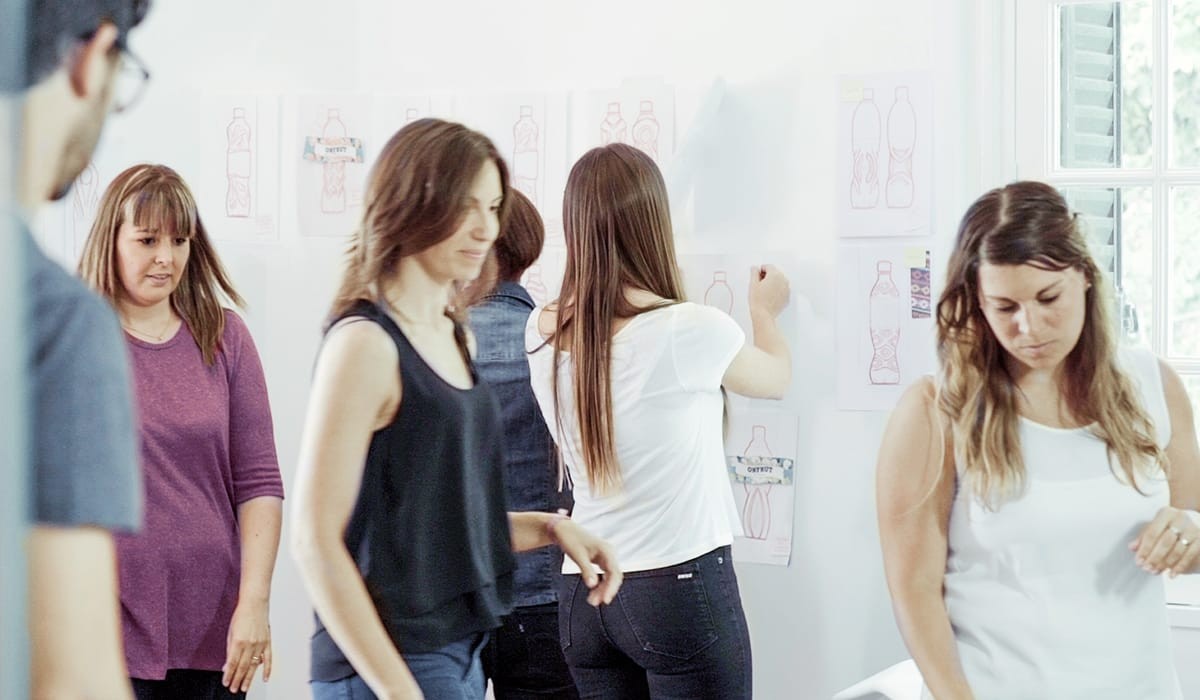
tridimage® future-proofs Latin American brands through packaging design. The award-winning company’s creative headquarters are in Buenos Aires and it has account managers in Mexico, Ecuador, and Guatemala. Combining 3D branding, graphic design, and structural packaging, tridimage creates, revitalises, and extends CPG brands to positively impact consumers, the market, and society.
tridimage's reputation attracts the attention of both established and emerging companies operating in Latin America, the U.S. and Europe. Since 1995, tridimage has worked with clients in more than 30 countries. Their designs have been awarded with numerous Pentawards (known as the “Oscar award” for packaging design), Vertex awards, A'Design, Ameristar, Good Design Seal, POPAI, Estrella del Sur, and Pack Andina.
Hernán Braberman is Partner and Executive Design Director of tridimage. He co-founded the company in 1995 and has since spent his time building and renewing brands throughout Latin America and Europe, contributing with his knowledge in brand strategy and packaging design. His work as a designer continues to take him around the world, where he shares his experience and knowledge with all those who recognize the limitless power of design.
Guillermo Dufranc works as Project Manager at tridimage. He writes articles about packaging design for international magazines and design, and has also published several ebooks. He is an International speaker who speaks at conferences and workshops related to packaging design and design thinking in companies, universities, and exhibitions. He has been invited as a jury member for several packaging design competitions.






